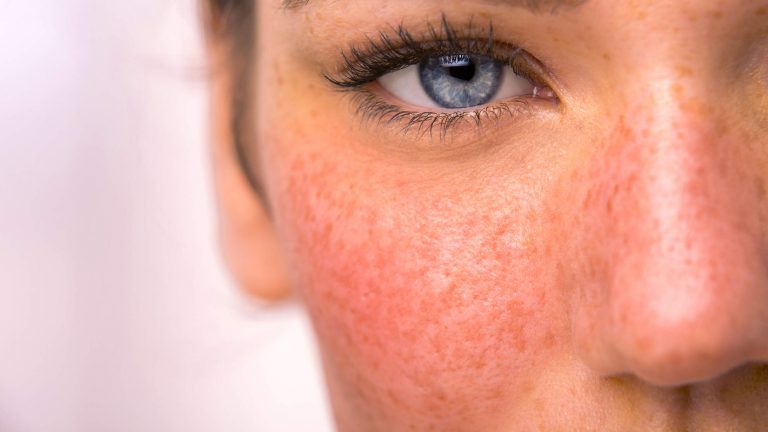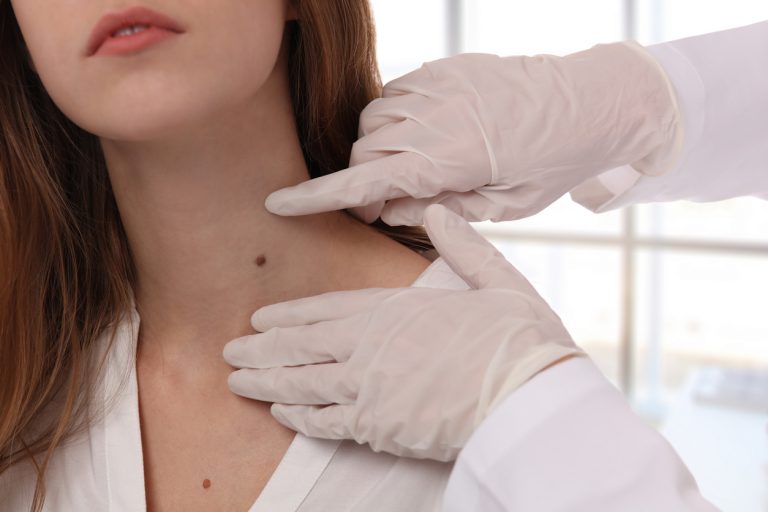
The best laser treatment for rosacea: the Excel V
Blood-vessel conditions like rosacea, facial redness and visible veins respond extremely well to Excel V laser treatments.
Dr Michael Rich is a specialist dermatologist who has been performing tumescent liposuction for over 30 years. Find out if Liposuction is suitable for you at ENRICH Clinic.
At ENRICH Clinic, we have a wide range of dermatological and cosmetic body treatments tailored to individual body and patient needs.
At ENRICH Clinic, our treatments are performed by our medical team consisting of doctors, nurses, and dermatologists and are tailored to each patient’s skin health needs.
ENRICH Clinic is committed to your skin health and well-being with a range of dermatological & cosmetic treatments tailored to the individual. Our treatments are performed by our medical team consisting of doctors, nurses, and dermatologists.
Skin health is essential for everyone. ENRICH Clinic has a wide range of technologies and dermatological solutions to help you achieve your skin care goals.
 Some digestive disturbance has long been associated with rosacea – be it H. pylori or small intestinal bacterial overgrowth (SIBO). Some research been conducted whereby breath testing confirmed the presence of SIBO, and after treatment, rosacea was more often than not eradicated.
Some digestive disturbance has long been associated with rosacea – be it H. pylori or small intestinal bacterial overgrowth (SIBO). Some research been conducted whereby breath testing confirmed the presence of SIBO, and after treatment, rosacea was more often than not eradicated.
The first study
Sixty healthy controls and 113 rosacea patients were enrolled in a study. Both groups were breath tested to establish SIBO, and those who tested positive were randomised to receive rifaximin therapy or placebo. (Dose 1,200mg/day for 10 days).
The results indicated that SIBO was more frequently found in rosacea patients than the control group, and after the SIBO was eradicated, the rosacea lesions cleared in 20 of 28 cases, and greatly improved in 6 of 28 patients. Patients given the placebo remained unchanged or worsened.
Once these results came in, all placebo patients were put on the rifaximin therapy, and SIBO was eradicated in 17 of 20 cases, and out of those 17, 15 had a complete resolution of rosacea. The eradication of the rosacea through this process lasted at least nine months. In a follow-up study three years later, just over five per cent of the SIBO patients still had SIBO.
So how does SIBO cause rosacea?
It is postulated that SIBO may trigger rosacea by increasing the amount of cytokines, a type of protein that tells other cells what to do. In this case, cytokines tell the body to become inflamed, in certain areas.
The second study
Another study that watches people over time (without any intervention) was seeking a relationship between cases of rosacea connected to either the mite (Demodex folliculorum), Helicobacter pylori or SIBO. Sixty patients with rosacea and 40 healthy controls took part in the study, with all getting skin biopsies to test for mites, and the relevant breath tests for H. pylori and SIBO. Treatment was commenced for the relevant diagnoses.
Initially:
At six months follow-up: Sixty-one per cent of patients with rosacea were in remission.
At three-year mark: At three years, most patients were still in remission and had no signs of rosacea.
Other findings include:
Your rosacea can be treated.
We can help.
Contact us
*With all surgeries or procedures, there are risks. Consult your physician (GP) before undertaking any surgical or cosmetic procedure. Please read the consent forms carefully and be informed about every aspect of your treatment. Surgeries such as liposuction have a mandatory seven-day cooling-off period to give patients adequate time to be sure of their surgery choice. Results may also vary from person to person due to many factors, including the individual’s genetics, diet and exercise. Before and after photos are only relevant to the patient in the photo and do not necessarily reflect the results other patients may experience. Ask questions. Our team of dermatologists, doctors and nurses are here to help you with any of your queries. This page is not advice and is intended to be informational only. We endeavour to keep all our information up to date; however, this site is intended as a guide and not a definitive information portal or in any way constitutes medical advice.
"*" indicates required fields
Combining Dr Rich’s dermatological skill with his knowledge of restorative skin regimes and treatments, the ENRICH range is formulated to help maintain and complement your skin. Our signature Vitamin C Day & Night creams are now joined by a Vit A, B,&C Serum and a B5 Hyaluronic Gel, both with hydration properties and much, much more.

Blood-vessel conditions like rosacea, facial redness and visible veins respond extremely well to Excel V laser treatments.

Yes maskne is real! There has been a few new buzz words and phenomenon that has come with the world of COVID and this is one is all about the conditions that are cause by mask-wearing.

You’d be amazed at what a dermatologist treats, especially us – we’re cosmetic dermatologists too, so we have all your skin needs covered.

We start with your skin concerns and work our way backwards to the very best, most effective treatments in the world. We are skin experts.
Subscribe to the ENRICH newsletter and receive latest news & updates from our team.
Enrich Clinic acknowledges the Traditional Lands of the Wurundjeri Woi Wurrung and Bunurong peoples of the East Kulin Nations on which we work and trade. We pay respect to their Elders past, present and emerging. We extend our acknowledgement and respect to the LGBTQIA+ community who we welcome and support. Read our full Acknowledgement Statement here
